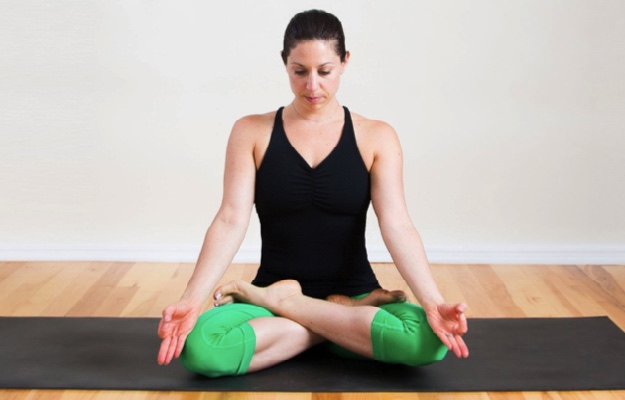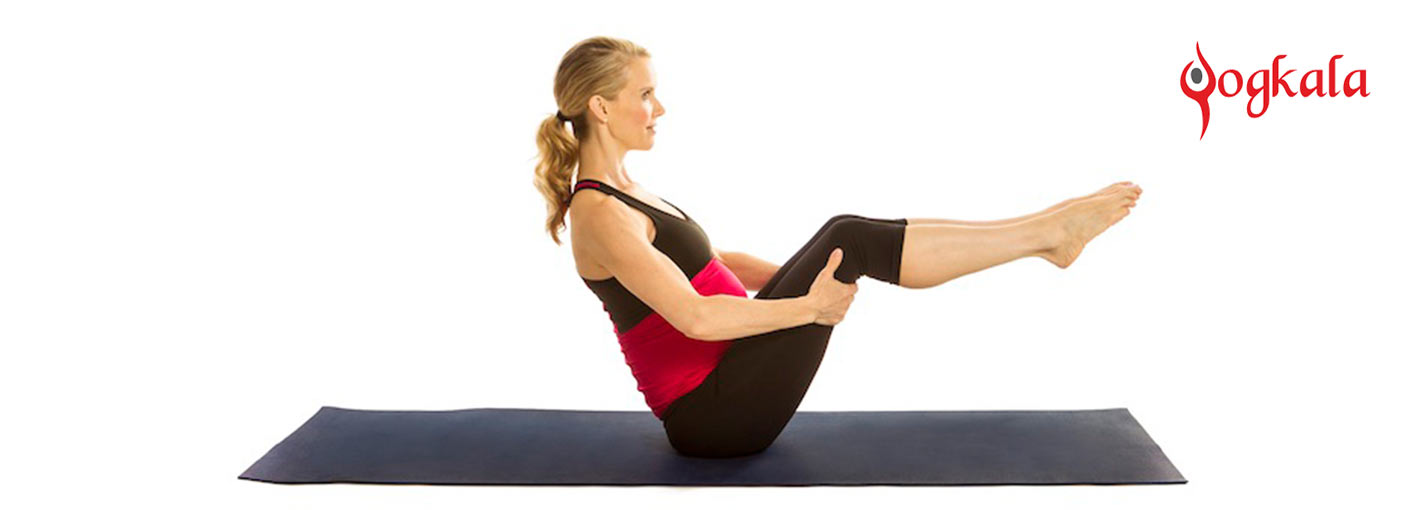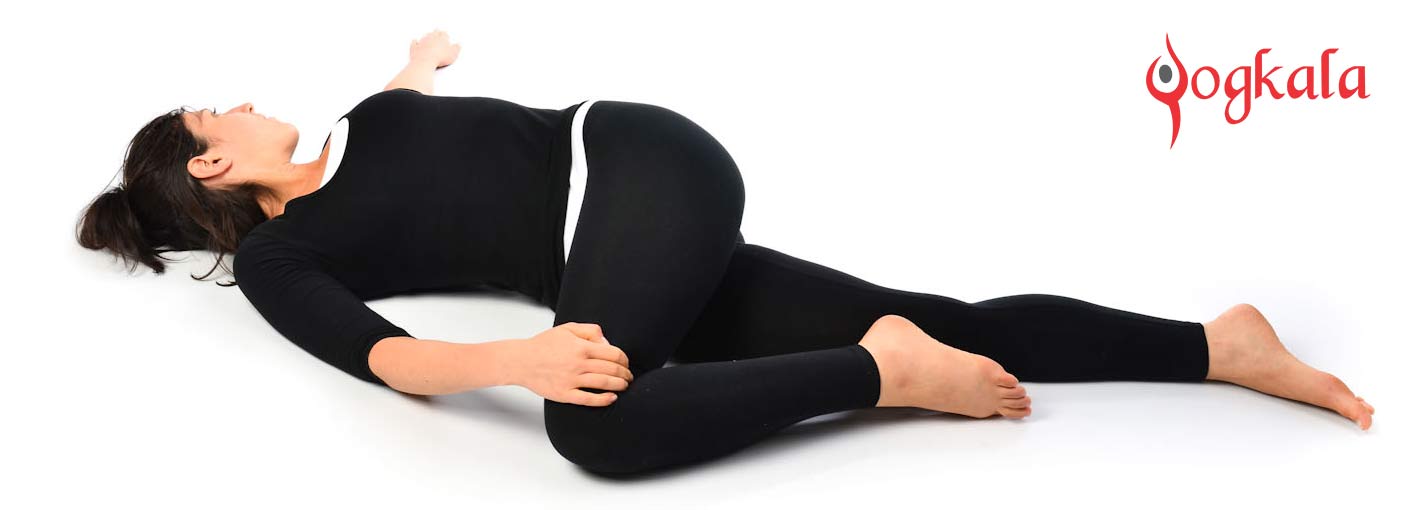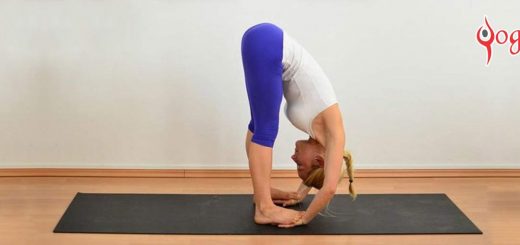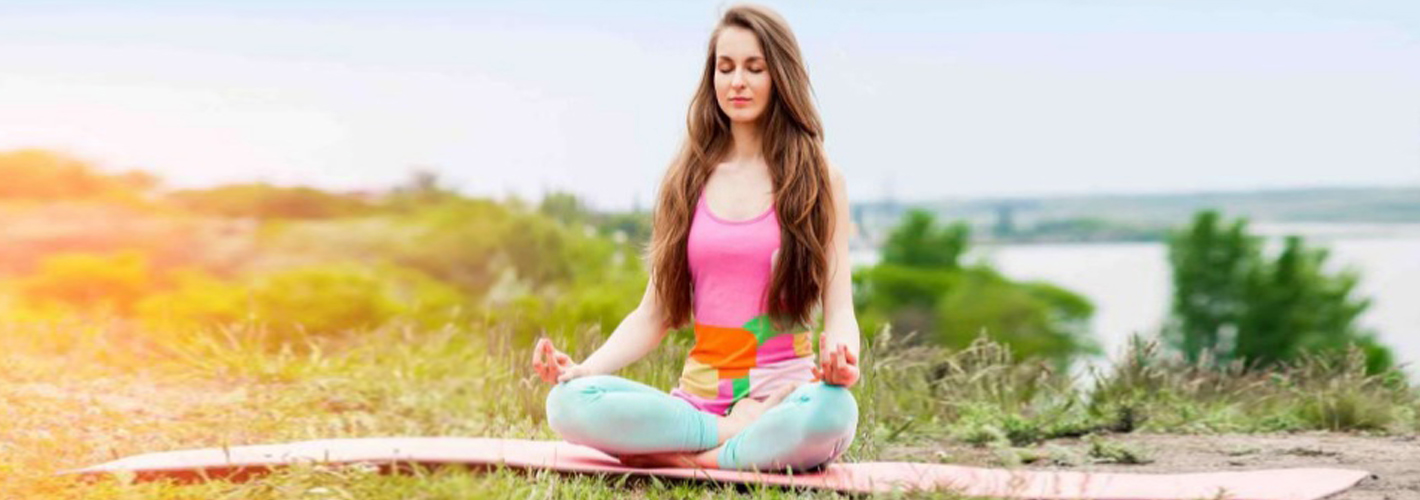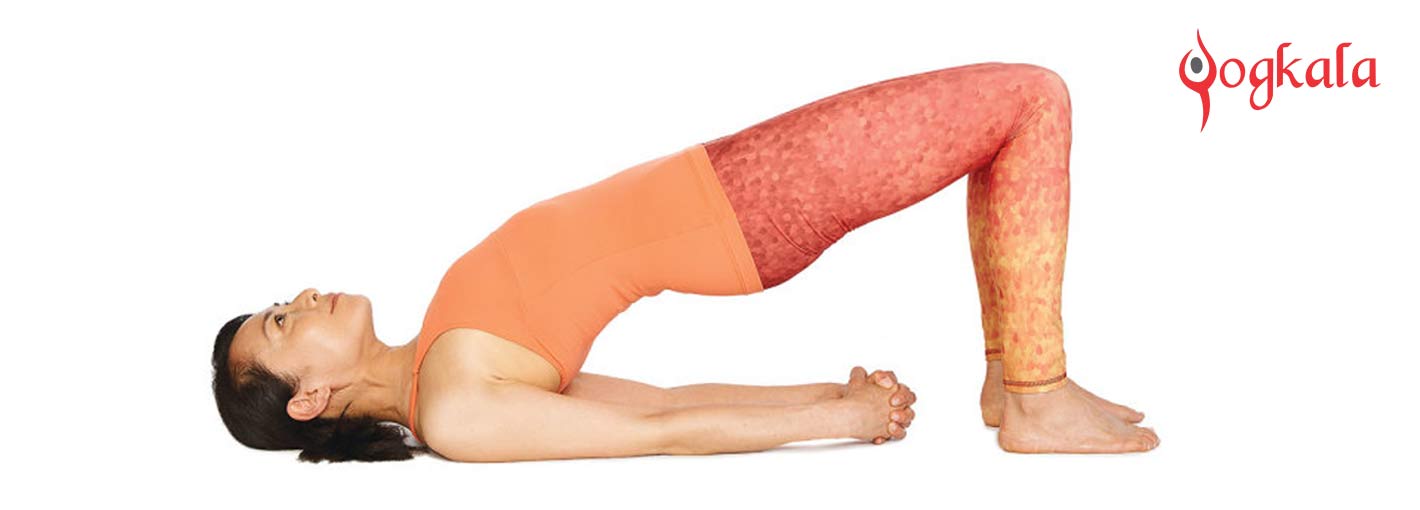Padmasana (Lotus Pose): Steps, Health Benefits & Contraindications
Padmasana, also known as lotus pose, is a cross-legged sitting pose that finds its origins in the meditative practices of ancient India. The word ‘Padmasana’ is a combination of ‘padma’ (meaning lotus) and ‘asana’ (meaning seat or position).
Padmasana is an established asana that is commonly used for meditation in Yoga and religious contemplative traditions. Shiva, Siddhartha Gautama, and the Tirthankaras in Jainism have been depicted in this yoga pose.
Baddha Konasana, Ardha matsyendrasana and Janu shirshasana are the preparatory poses for padmasana. Adho-mukha svanasana is the follow-up pose to be performed after padmasana.
How To Do Padmasana (Lotus Pose)?
- Sit down over a mat and stretch out your legs in the front, keeping the spine straight.
- Now bending your right knee, place it on left thigh. Just make sure that sole of your feet points upward and heel is close to abdomen.
- Do the same with the left leg.
- Having both the legs crossed and feet on opposite thighs, place your hands on knees in mudra position.
- Keep your head and spine straight.
- Hold and continue with gentle long breaths.
Health Benefits Of Padmasana
Some amazing benefits of padmasana include:
- Relaxing the mind
- Fosters physical stability
- Great for meditative practices
- Activating the spine, abdomen, bladder and pelvis.
- Stretching knees and ankles
- Relieves menstrual problems
- Eases childbirth
- Adding flexibility to hips
- Awakening of chakras
- Makes you more aware
- Improves posture
- Aids in digestion
- Reducing muscular tension
- Regulates blood pressure
Precautions & Contraindications
- People who are affected by sacral infections, sciatica and weak or injured knees should doing avoid this pose.
- If you are a beginner or have an ankle or knee injury, perform this pose only under the supervision of a yoga instructor.

